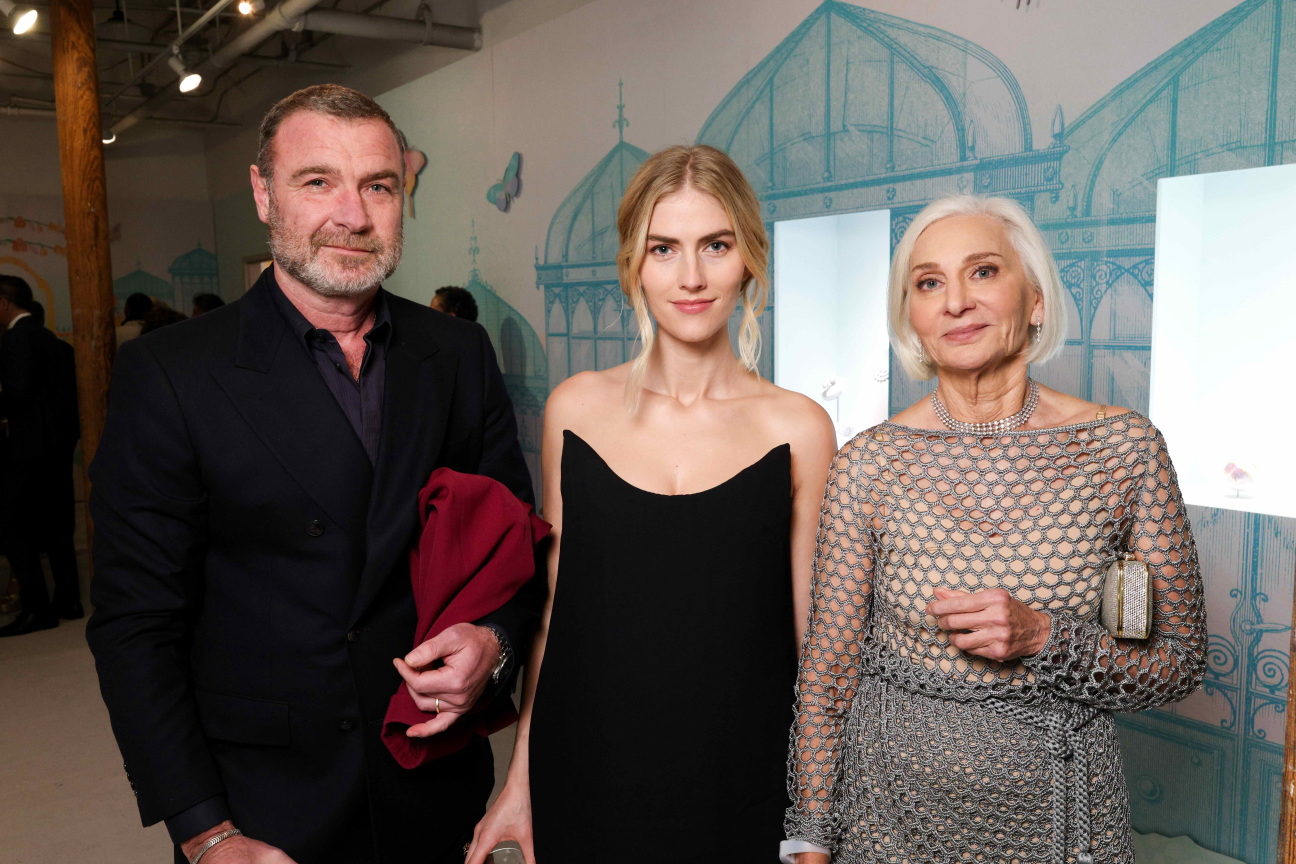
“Do you feel the energy in this place?” asked Eileen Guggenheim, Ph. D. and Chair of the Board of Trustees for the New York Academy of Art, at the organization's annual Tribeca Ball on Tuesday evening. “It took a lot of it for the New York Academy of Art to gather tonight. It’s almost a miracle.”
Dr. Guggenheim spoke in nearly ecclesiastical terms from a podium in the institution's Franklin St. headquarters in an evening honoring David Kratz, the Academy’s outgoing president after 15 years. In the blue-hued, undersea-themed ballroom, luminaries from the worlds of art and entertainment—including Liev Schreiber and Taylor Neisen, Gina Gershon, Joseph Altuzarra, Helena Christensen, Brooke Shields, and Will Cotton—joined the event chaired by Tracey Emin, Amy Sherald, and Mickalene Thomas to salute Mr. Kratz and the school.
Founded in 1982 by artists, scholars, and patrons, including Andy Warhol, the New York Academy of Art is an independent, nonprofit graduate school that combines intensive technical training in the fine arts with active critical discourse. Eric Fischl began working with the school in 1990, “when the student body was people who had given up. They had gone back to school to learn to paint portraits as a money stream. They had given up on the art world and the craziness around that,” he said. He credits Mr. Kratz, a former ad man who originally arrived as a student, for helping to change this with his leadership, pulling together “an extraordinary array of people who could move the inspiration and aspiration of students into the real world,” he said. “And the list of people he enlisted to support it is quite fabulous.”
No doubt. In addition to the constellation of shiny folks in attendance on Tuesday—Walton Ford, April Gornik, Dave Foley, Elliott Puckette and Hugo Guinness, Zoya and Damien Loeb, Brooke Shields—the Academy’s Benefit Committee boasts a murderer’s row of New York’s arts machers: Larry Gagosian, Rachel Feinstein and John Currin, Joyce and John Varvatos, Naomi Watts and Billy Crudup, Ashley Abess, Michael Moore, Padma Lakshmi, Alan Cumming, and Agnes Gund.
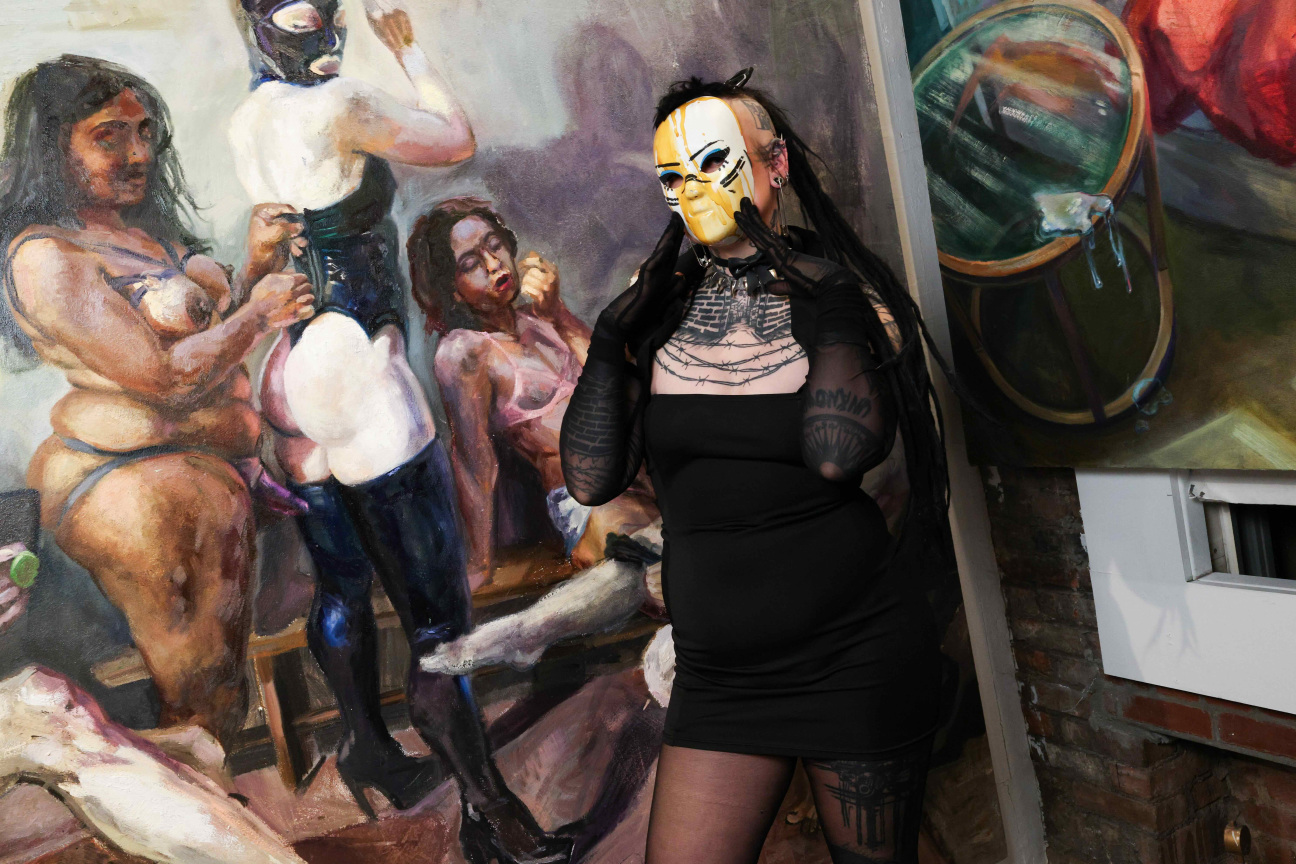
Before dinner, collectors and patrons had the chance to roam the school and investigate students’ works from their studios. On the third floor, you could see the oil paintings of Sarah Dixon, a mix of nude self-portraits, and then guns and muscle cars. “I have this duplicity where I value the patriarchal and traditional. But I’m also free and want to have freedom over my body,” she said. Nearby, Andrea Olivia captured the cultural moment through the lens of a Black American trans woman. She presented a large canvas featuring two barefoot nuns who were in habit and having a smoke break. “It really has nothing to do with religion,” she said. “It’s just about two people having a conversation. You never get to see nuns doing anything.” Up another floor, Holly Lowen’s work explored her family’s emotional outpouring through paintings of tennis (“They're … very primal, aggressive, almost sexual, in a way—release in a very structured, rule-based society.”) Meanwhile, bondage came to the fore in the work of Lithuanian-born Sierra, aka Oneslutriot, whose large oil painting, The Date, featured a very eager man reclining with a restrained, and bored-looking couch-mate.
These kinds of works, to Fischl, were the point of his involvement all those years ago: “I wanted to see if you learned to draw anatomy, does it have to look like a Michelangelo hand,” he told the ballroom. Elbows, not hands, were the topic of conversation at the table of David Foley, who was being asked what the Canadian Prime Minister meant when he said, “Elbows up” in response to American trade aggression. “It’s a reference to Gordie Howe, one of the great Canadian hockey players,” he said. “If you were going to go into the corners after the puck, you were going to get Gordie Howe’s elbow in your face.”
From the podium, Mr. Kratz joked about his own artistic ability. He was once told that he painted “sort of” like Eric Fischl. “I wanted to get ‘I sort of paint like Eric Fischl’ tattooed across my chest,” he said. Never getting too serious, even as he received an honorary doctorate, his reflections about the school were nothing but warm: “Fifteen years and about a thousand students later, it feels pretty good,” he said.
In this room, he was not alone: “It's one of the elite and, frankly, [one of the] few art schools in New York that has a kind of foundational programming based in classical training,” said Schreiber. “That's something that's always appealed to me as an actor and as an artist, is being a part of the continuum and having some sense of ourselves in relation to the work that's come before us and the work that will come after us.”
Profound, Mr. Schreiber. The energy—it was felt.


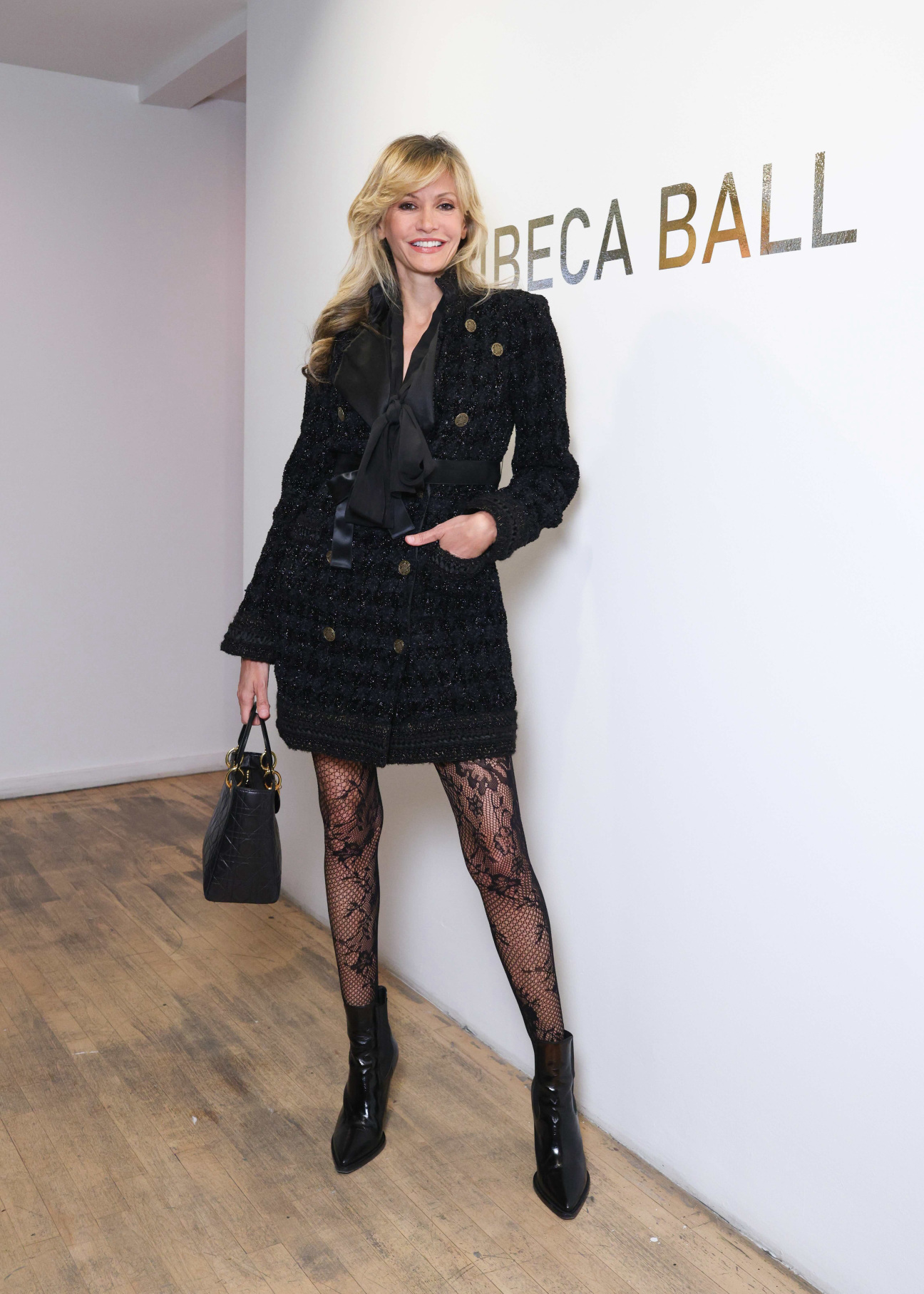
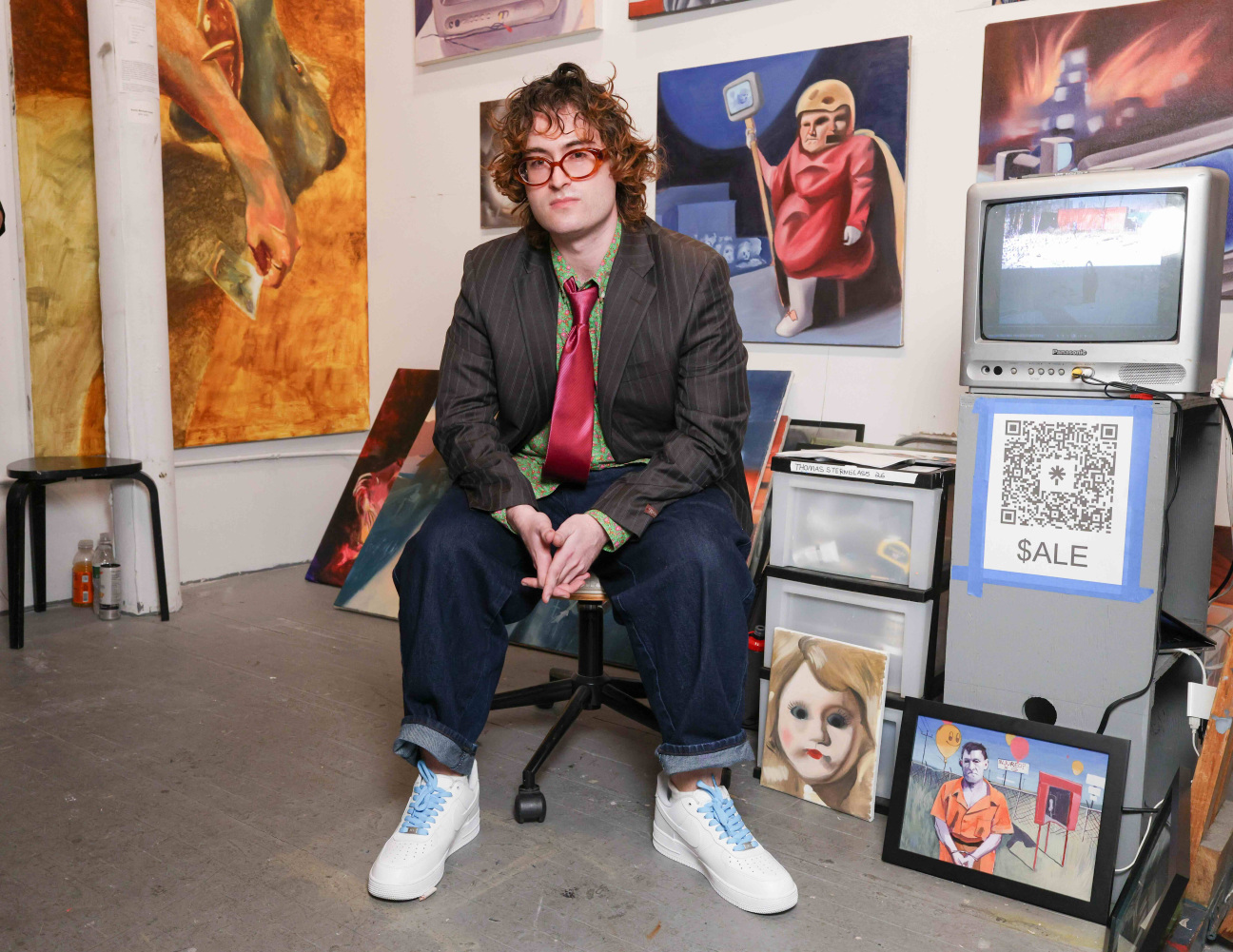

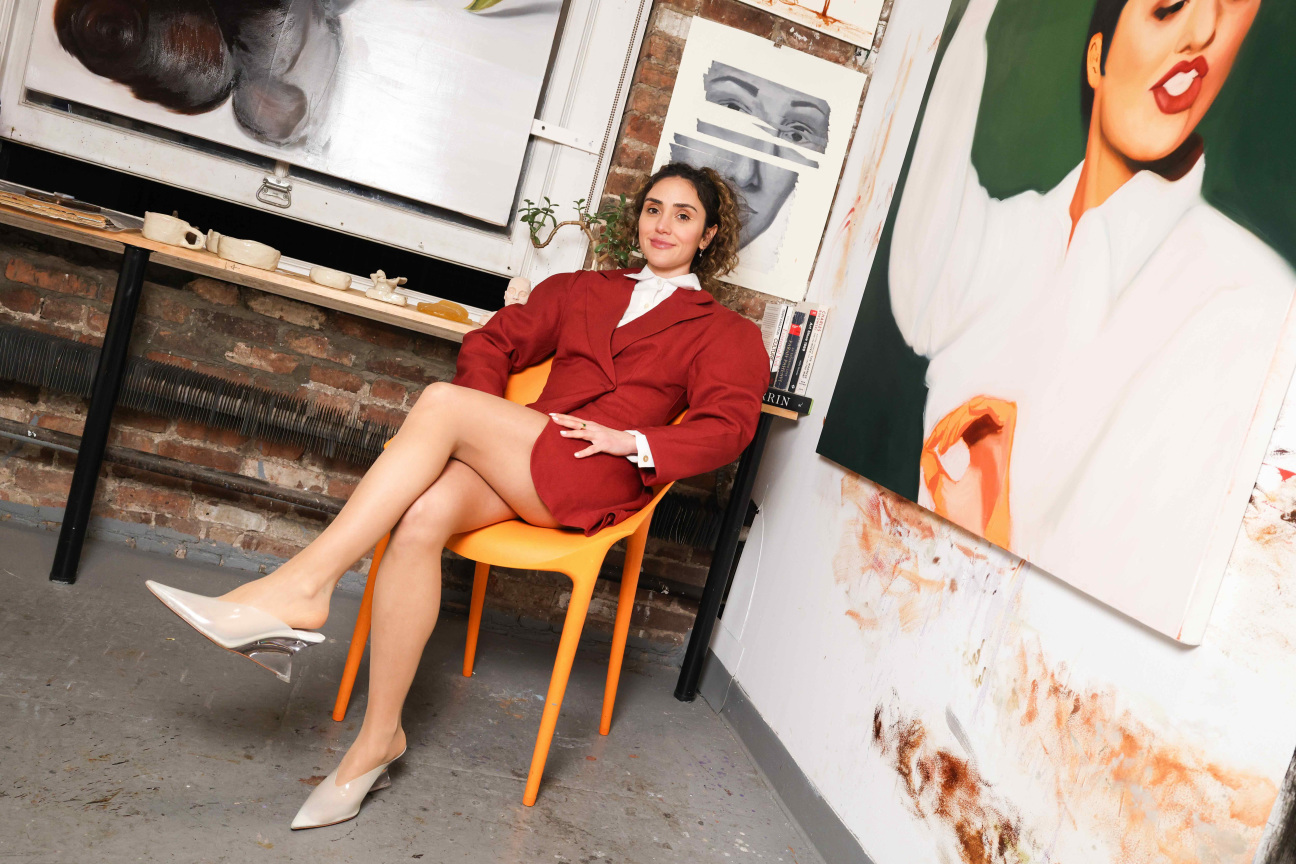
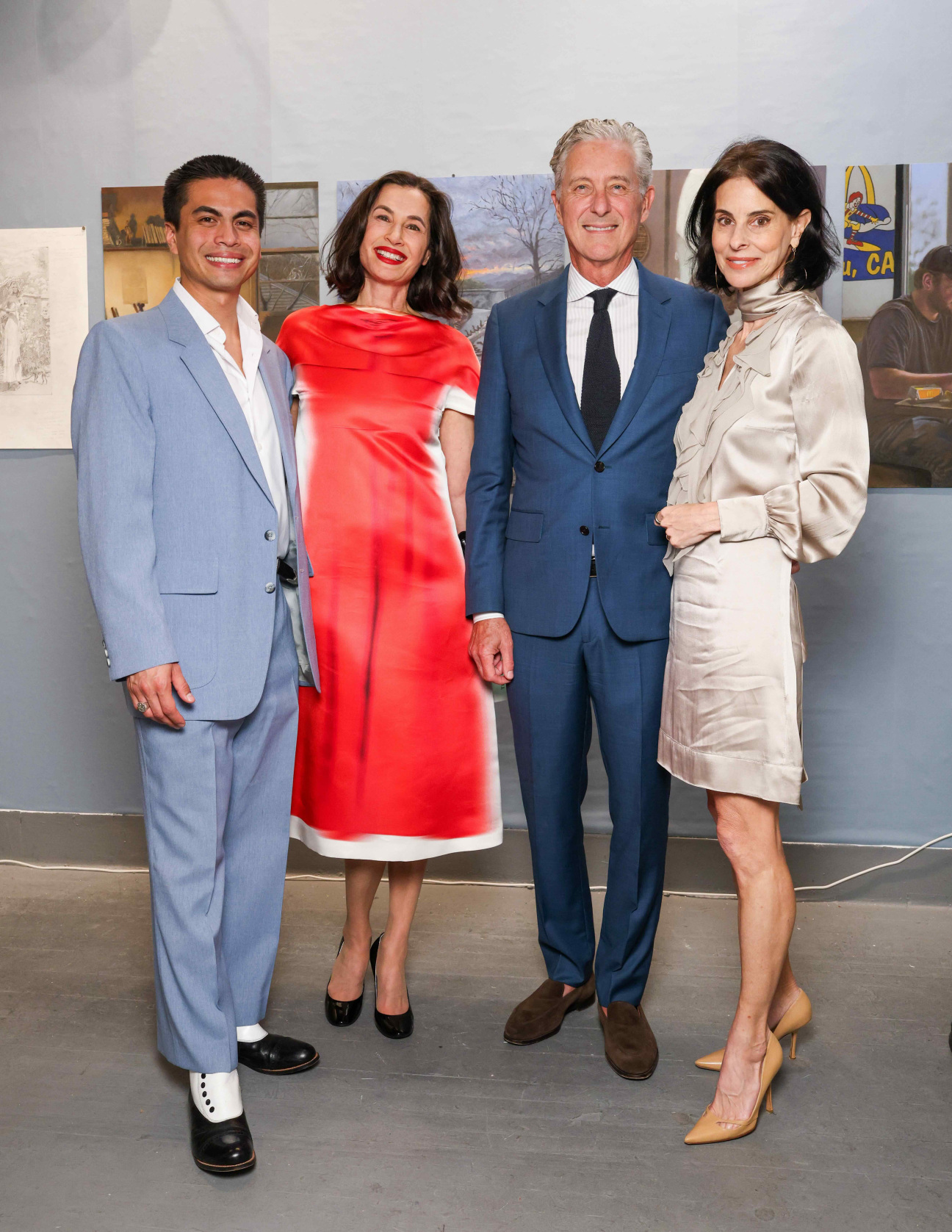


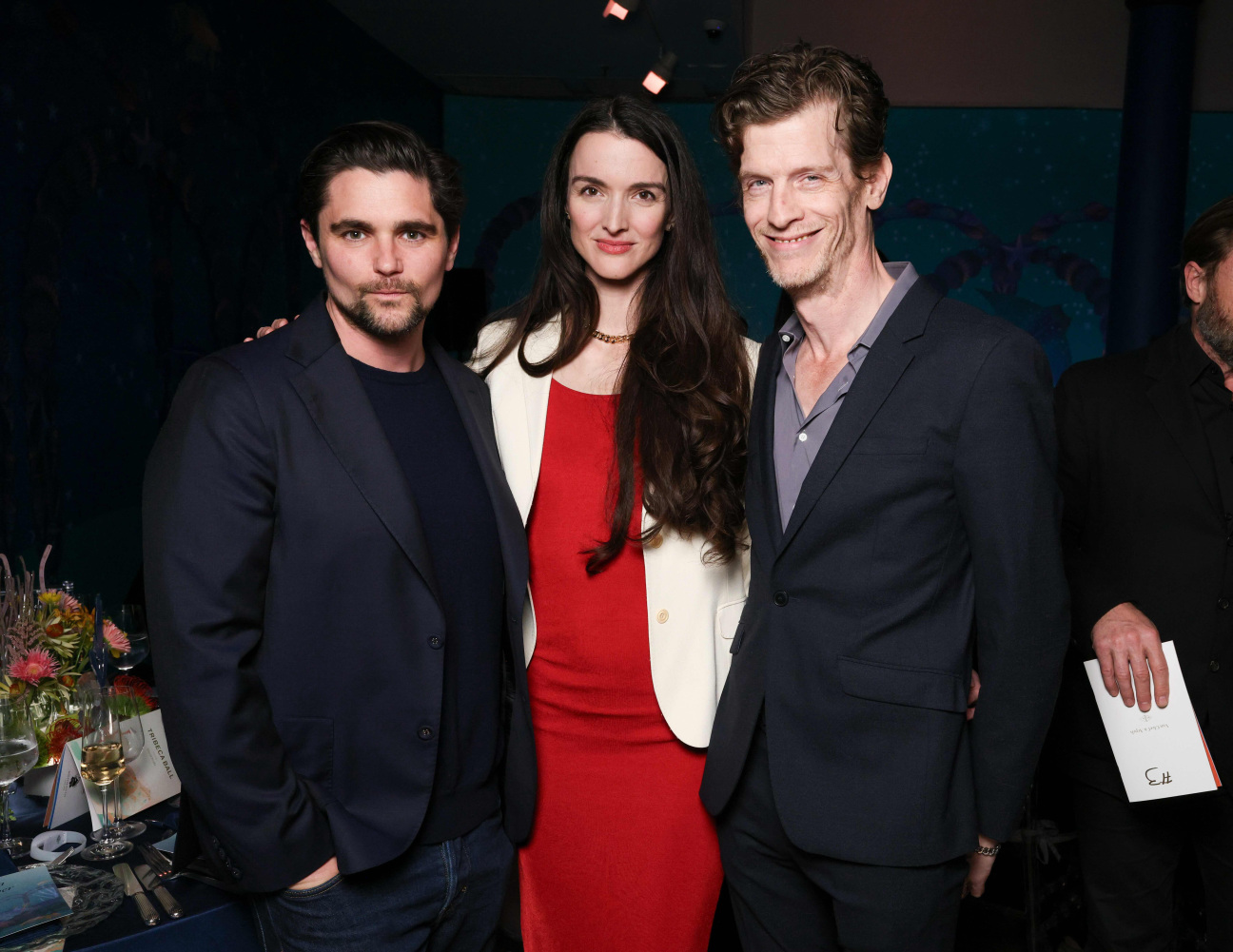
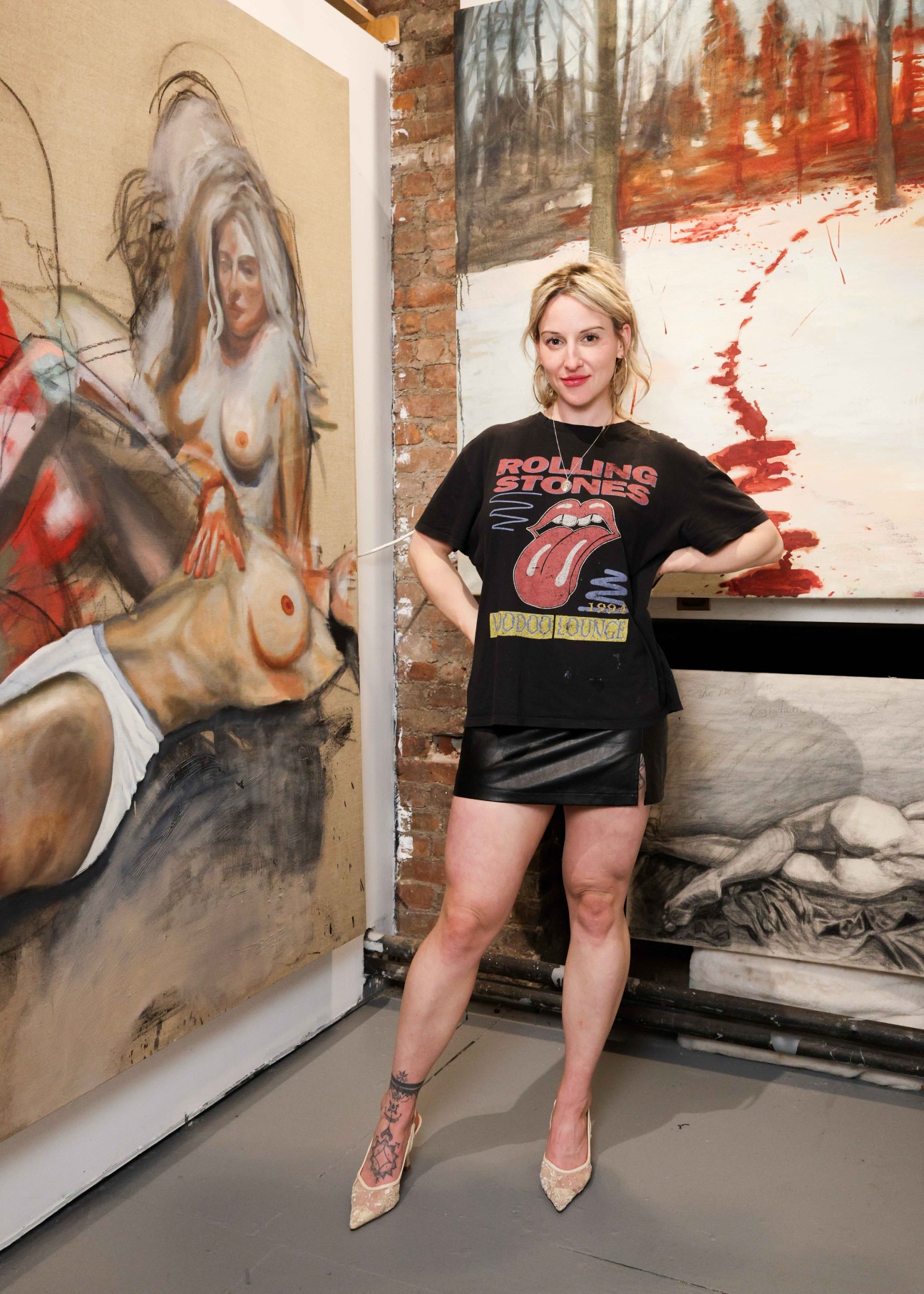
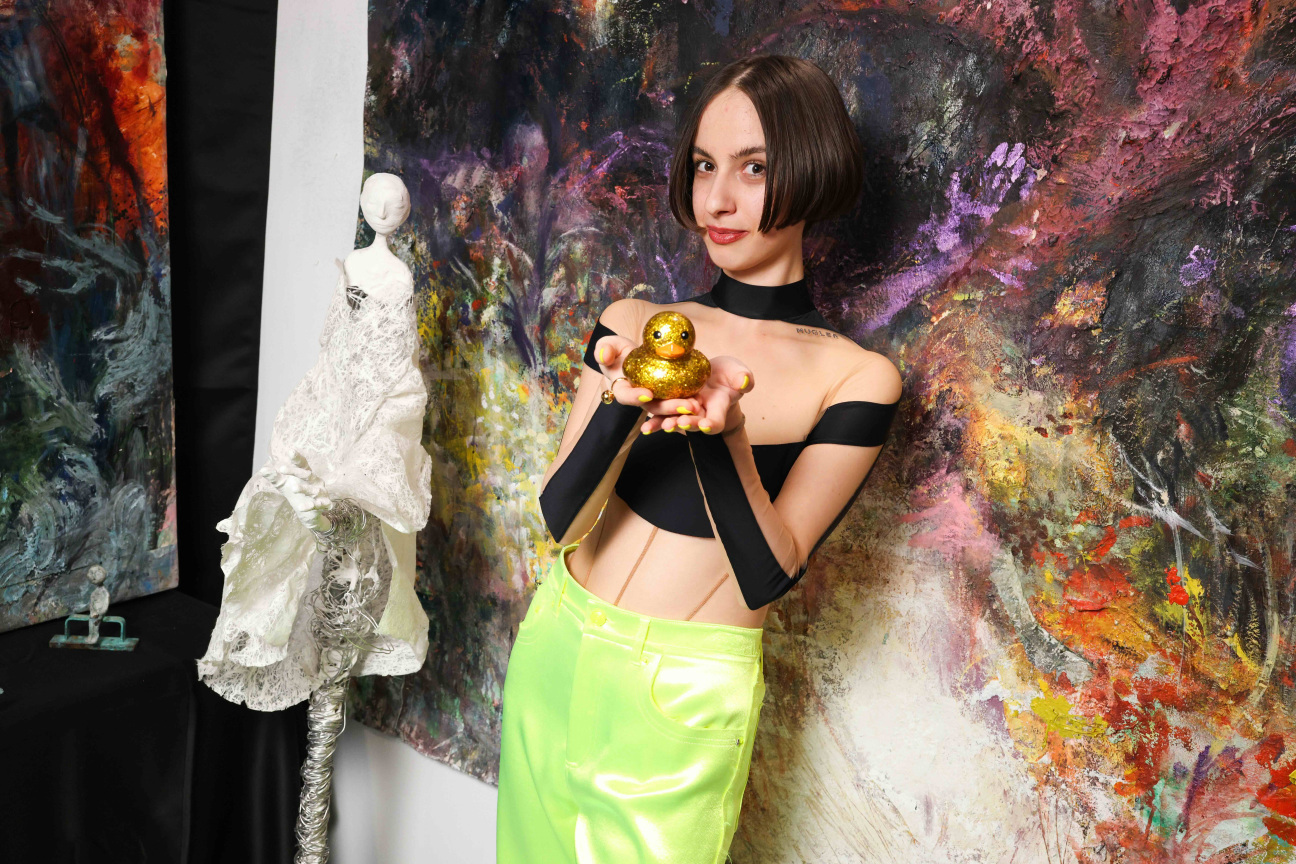
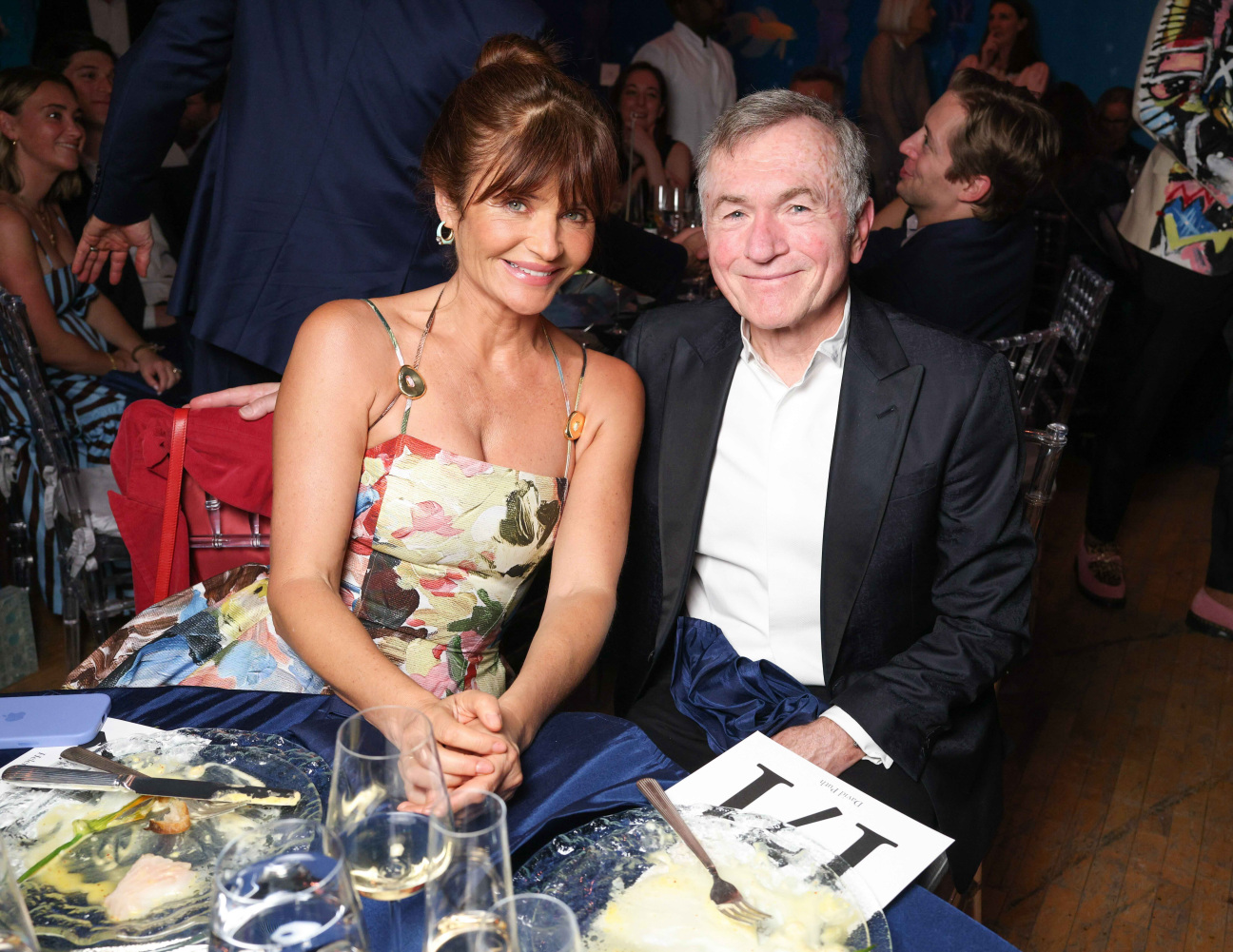

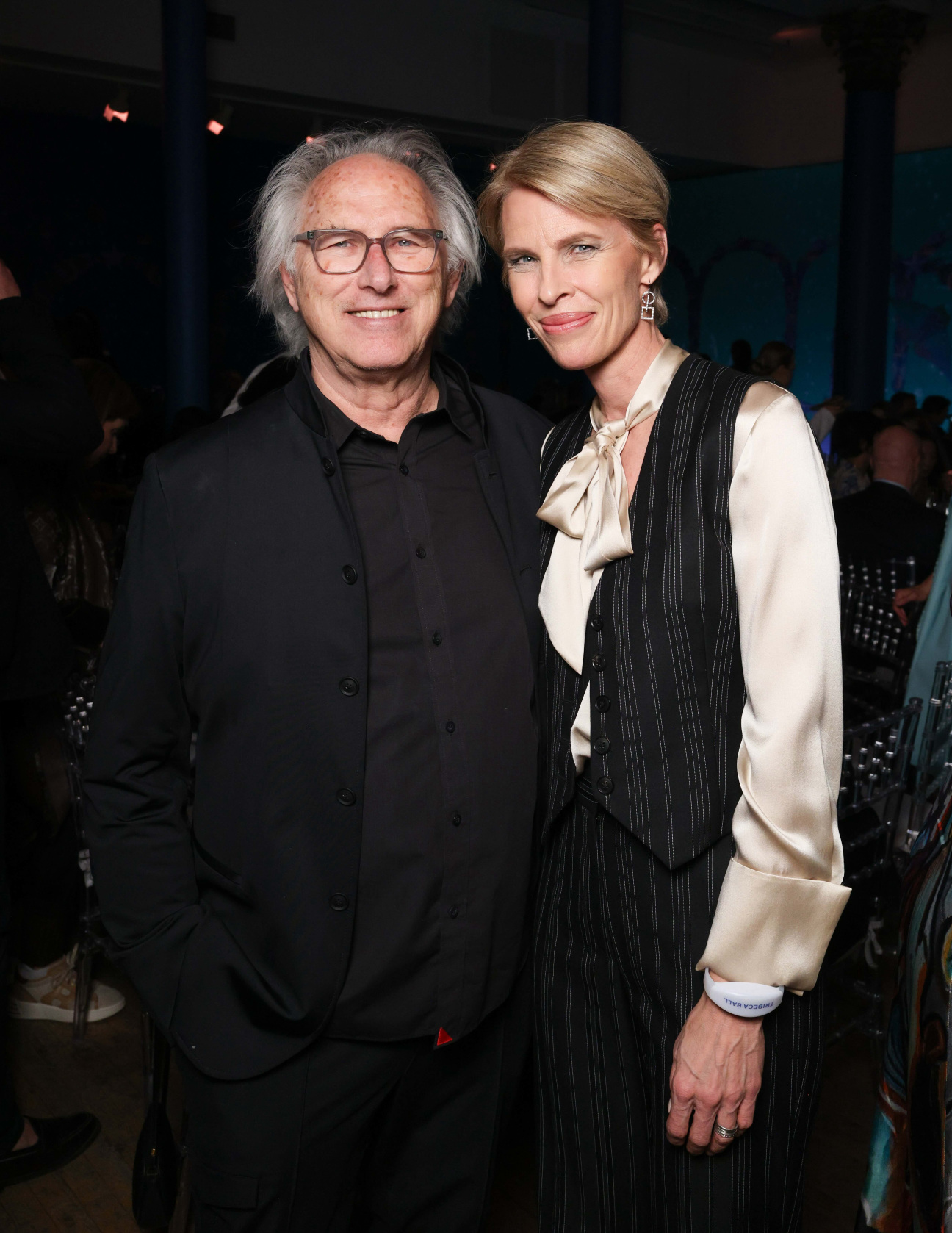
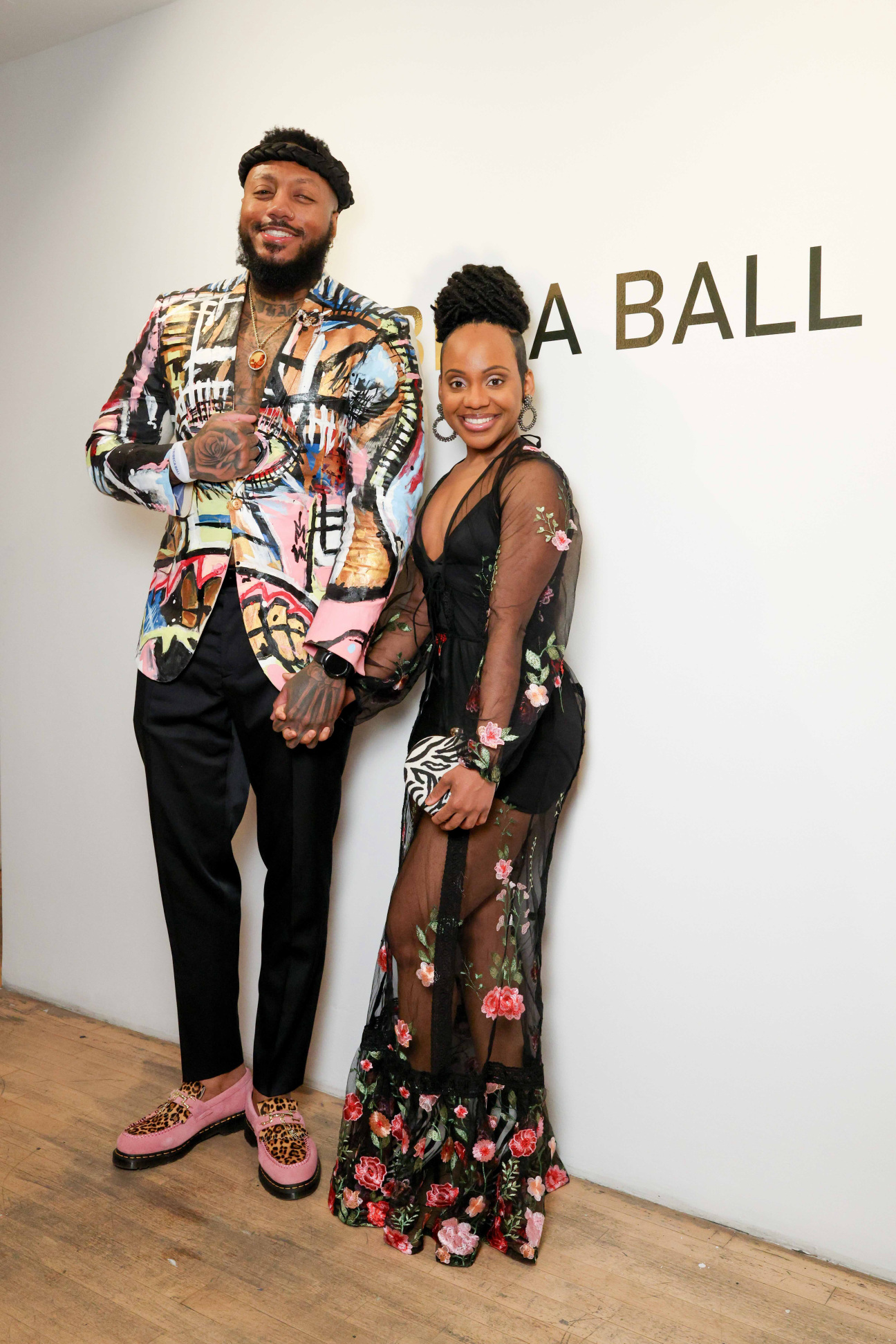
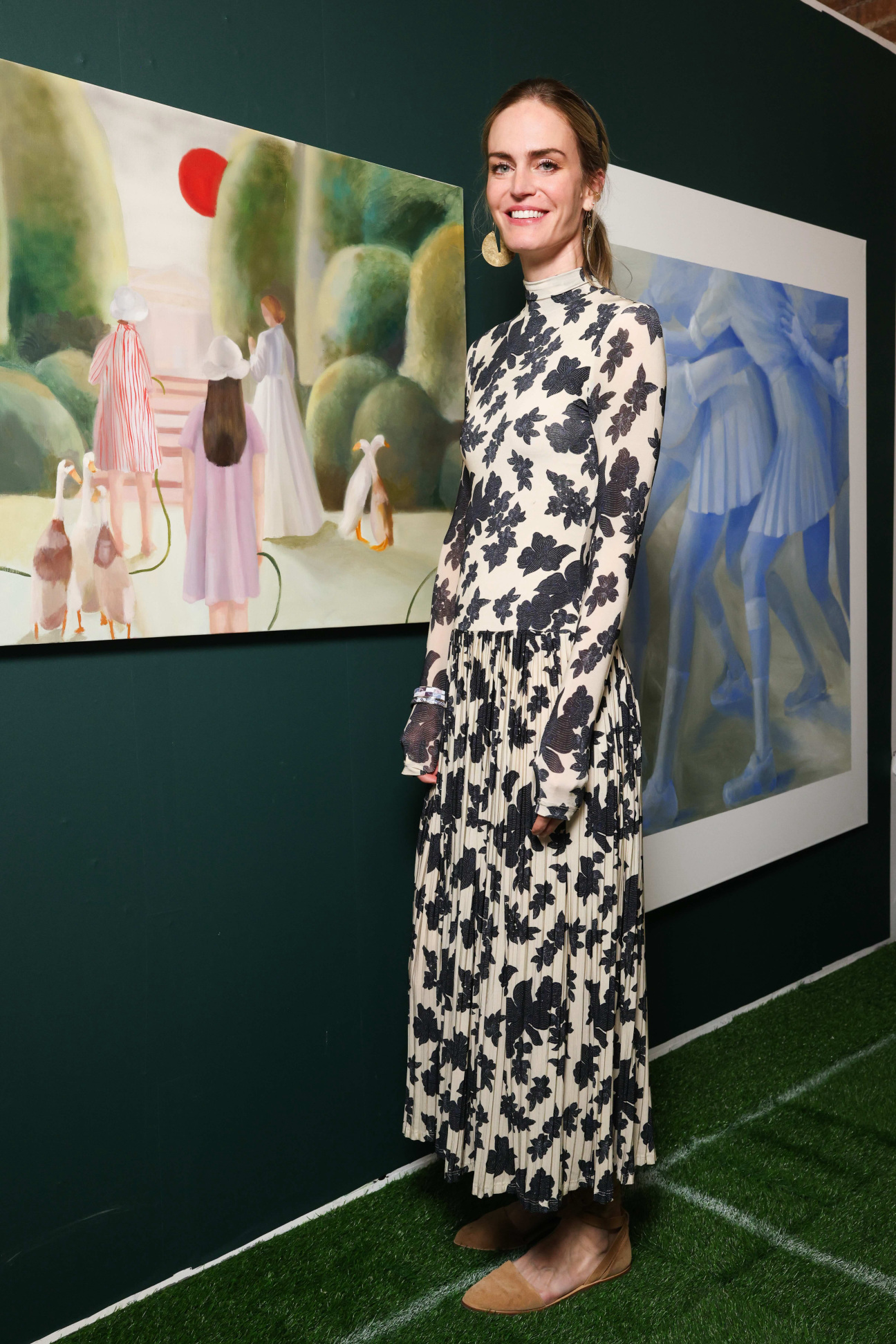

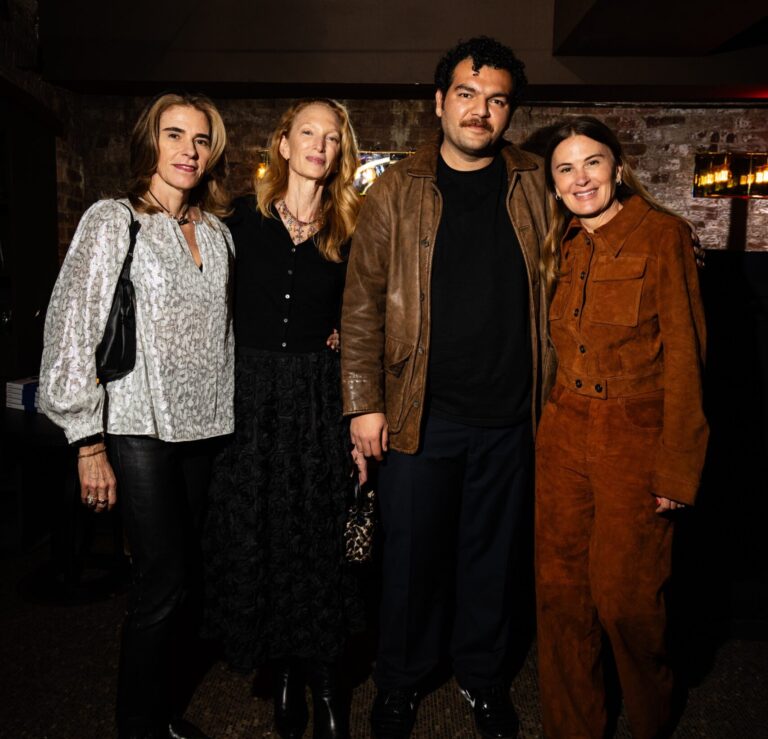
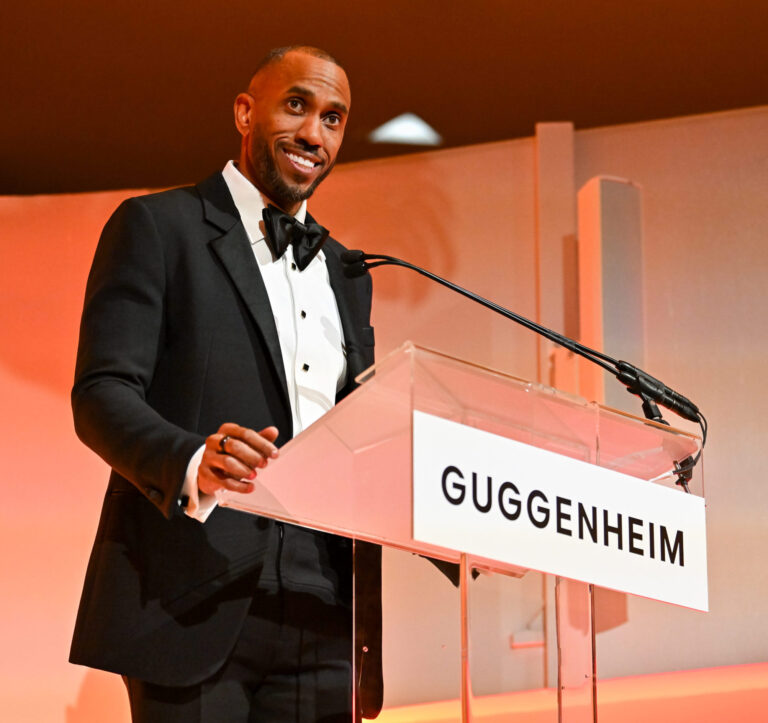

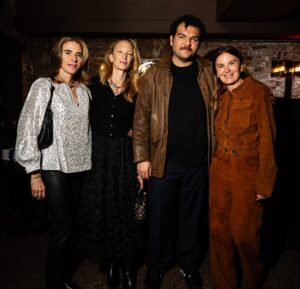

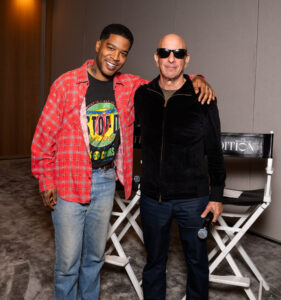

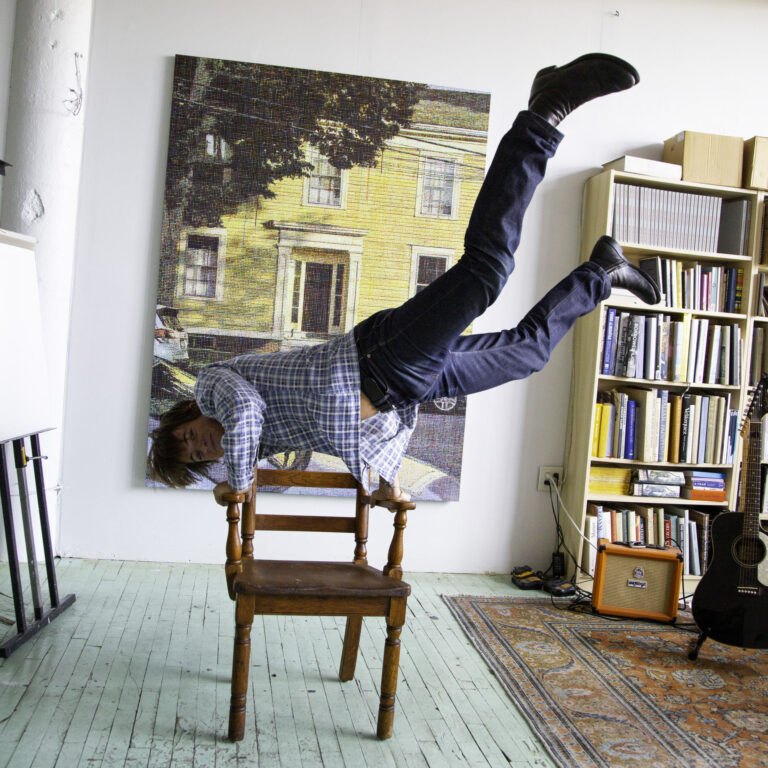

 in your life?
in your life?

